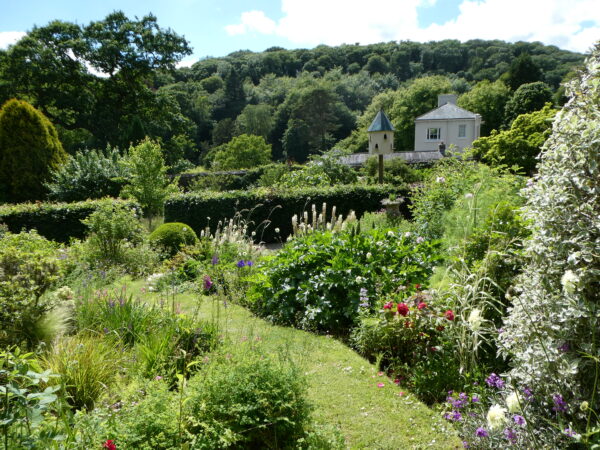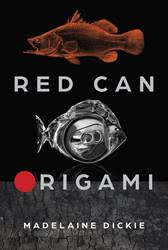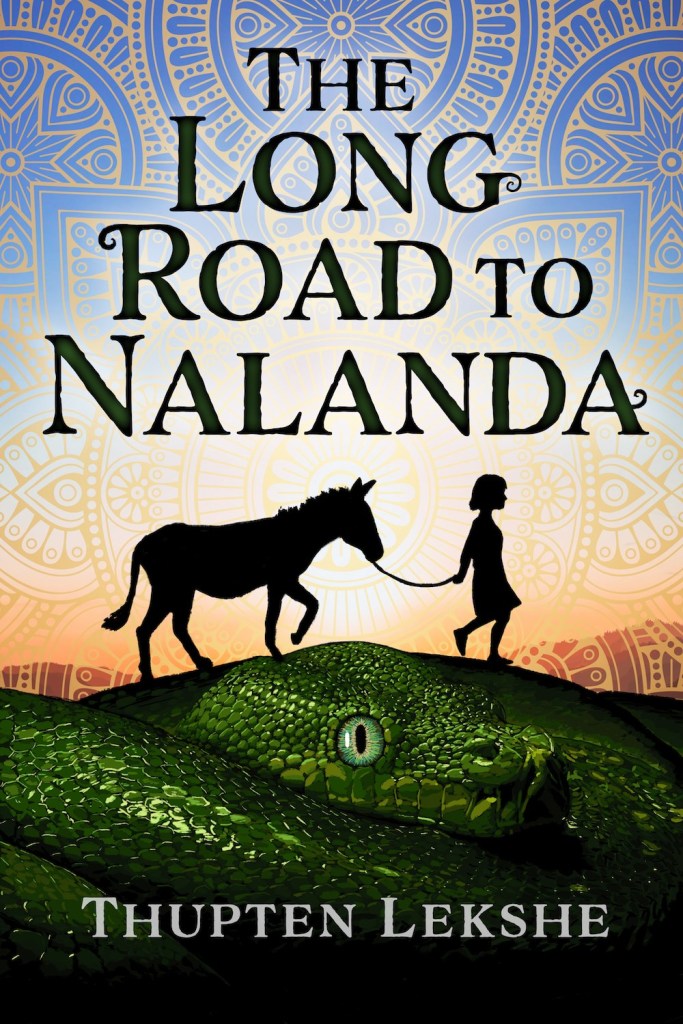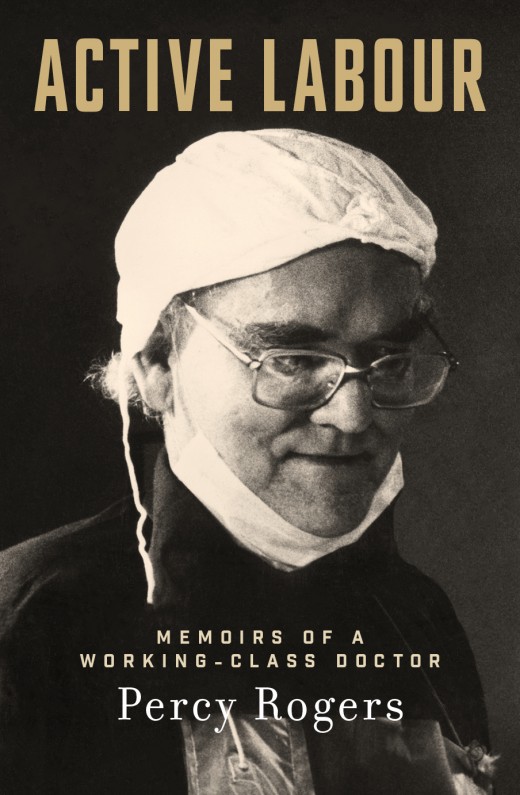A few years ago, an author of nonfiction whom I was mentoring as she wrote her new book, shared with me an interview she’d been listening to. The interviewee was Barbara Kingsolver, acclaimed author of historical fiction. Kingsolver was talking about the difference between fiction and nonfiction, and suggested that writing a novel is like creating a garden in the desert: it is barren earth to start with, so you can plant what you want, then fertilise, water and tend to the new garden, adding more plants and nourishment as it grows, and learning what suits the site. On the other hand, nonfiction, she explained, is like gardening where it’s lush: everything is there, the land is fertile with abundant vegetation, and all you need to do is weed and relentlessly pull out plants that don’t work. However, as your garden grows you continue to battle with troublesome weeds that try to take over.
Kingsolver goes on to explain that even though you may be writing nonfiction, you still need to consider the same elements as a novel: a plot that builds across a cohesive arc to a resolution. As opposed to writing fiction and drawing on one’s power of inventiveness, writers of nonfiction ‘narratives’ work with facts, and must learn to ruthlessly delete anything that doesn’t support the ‘story’.
Kingsolver’s gardening metaphor stays in my mind as I continue to work with writers of both fiction and nonfiction. Starting a new garden and caring for it as it grows requires careful planning. Whether designing a new garden and starting with a seed in a desert or a plot in a verdant locality, a sketch of the layout and a list of the types of plants that would be suitable for the conditions, and which satisfies the creator, are essential. This is the same for writers of a new book. Writing a story from a kernel of an idea, or building a body of work from years of accumulation of notes and research, benefits from sketching out a plan first.
I like the idea of composing a mission statement before beginning a writing project. A mission statement helps frame ideas so the seed of a fictional narrative can take root, or enables the writer of a nonfiction ‘narrative’ to weed out and narrow down the focus/contention/theme/argument. Mark Bowden wrote the following mission statement for ‘Black Hawk Down’ (a book and movie about the American incursion into Somalia): “When I began working on this project in 1996, my goal was simply to write a dramatic account of the battle. . . My contribution would be to capture in words the experience of combat through the eyes and emotions of the soldiers involved, blending their urgent, human perspective with a military and political overview of their predicament.” Bowden also wrote about the form of the book: “I wanted to combine the authority of a historical narrative with the emotion of the memoir, and write a story that read like fiction but was true.” (source: Roy Peter Clark, ‘Writing Tools’, 2008) Bowden began writing his book with the advantage of having an abundance of material to wade through and being disciplined enough to extract the most important information required to make his narrative so powerful.
I have written about the importance of devising a structured, yet flexible, plan for a writing project in a previous article. Once the structure is in place the content can grow organically to a certain extent, but always controlled by the author (head gardener). A successful writer is like a successful gardener: maintaining critical control of the development of the project before it takes on a life of its own. Even though some gardens look like they are a force of nature, there is often careful planning involved to make it look so spectacular.
Whether you’re writing fiction or nonfiction, shaping the language and establishing the right voice or tone, which endures to the last word, requires constant attention to consistency, and keeping the target reader firmly in mind. Again, garden design comes to mind: shapes, colours and textures working together to create a pleasing, cohesive picture. If you take note of the way language is constructed in ‘good’ fiction and nonfiction writing, you will notice an absence of waffle; the active voice is used more than the passive voice, and nouns and verbs do the work rather than relying on too many adjectives and adverbs. The rhythm of sentences improves the flow and blocks of paragraphs provide a visual structure.
So, if you are intending to write a story of fiction or a nonfiction manuscript, a well-crafted book of ordered revelations will draw your readers in, and entice them to stay with you from beginning to end. Just think of your book as the enchanting garden you want to achieve, whether it grows from barren ground or emerges from lush undergrowth. The only difference is that after a garden has matured, it usually has an organic life of its own, and maybe even an end date, whereas a book can be read and re-read for hundreds of years.
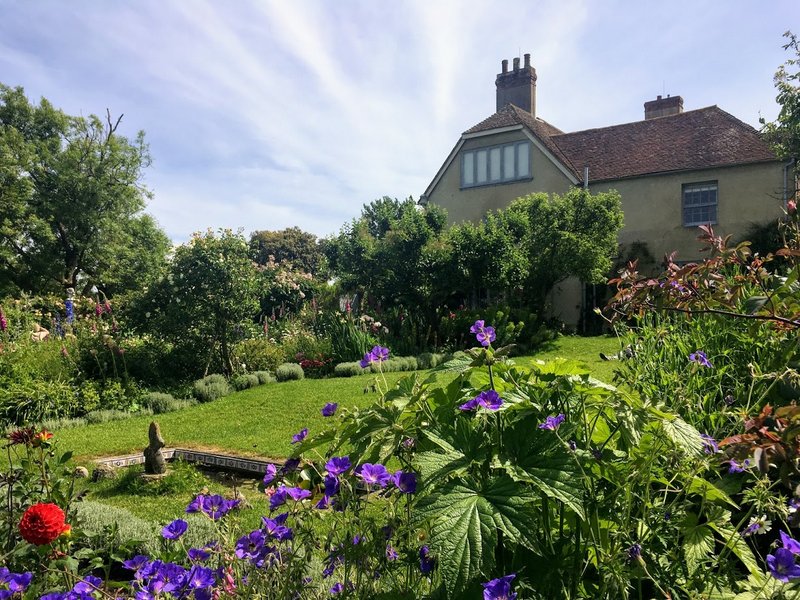
Charleston, in East Sussex, was the country home of Vanessa Bell (Virginia Woolf’s sister) and Duncan Grant. (Photograph by Denise M Taylor, June 2017)
Featured image: Colby Woodland Garden is a National Trust Woodland garden in a secluded valley, near Amroth in Pembrokeshire, Wales (Photograph by Denise M Taylor, June 2018)
The gardening metaphor for writing fiction and nonfiction is extracted from the interview at the end of the audiobook version of Barbara Kingsolver’s first-person nonfiction book, ‘Animal, Vegetable, Miracle: A Year of Food Life’ (2007).
If you’re looking for a writing mentor or your writing project is ready for an assessment, or to be proofread or edited, then you can email me via my contact page with a brief overview of your needs and I will give you an idea of the type of personalised service/s I can offer that I think would best suit you at this stage in your writing project.

